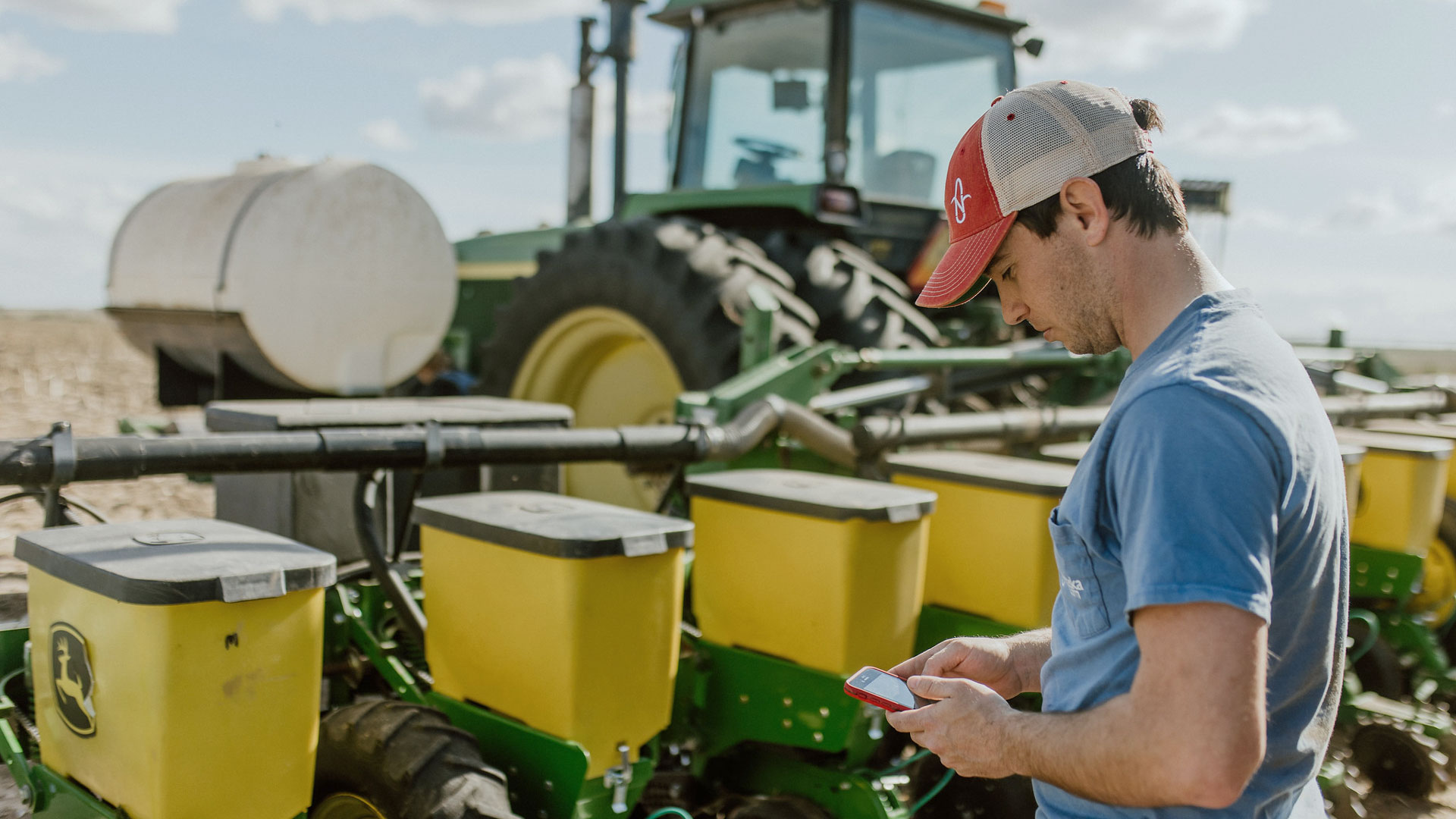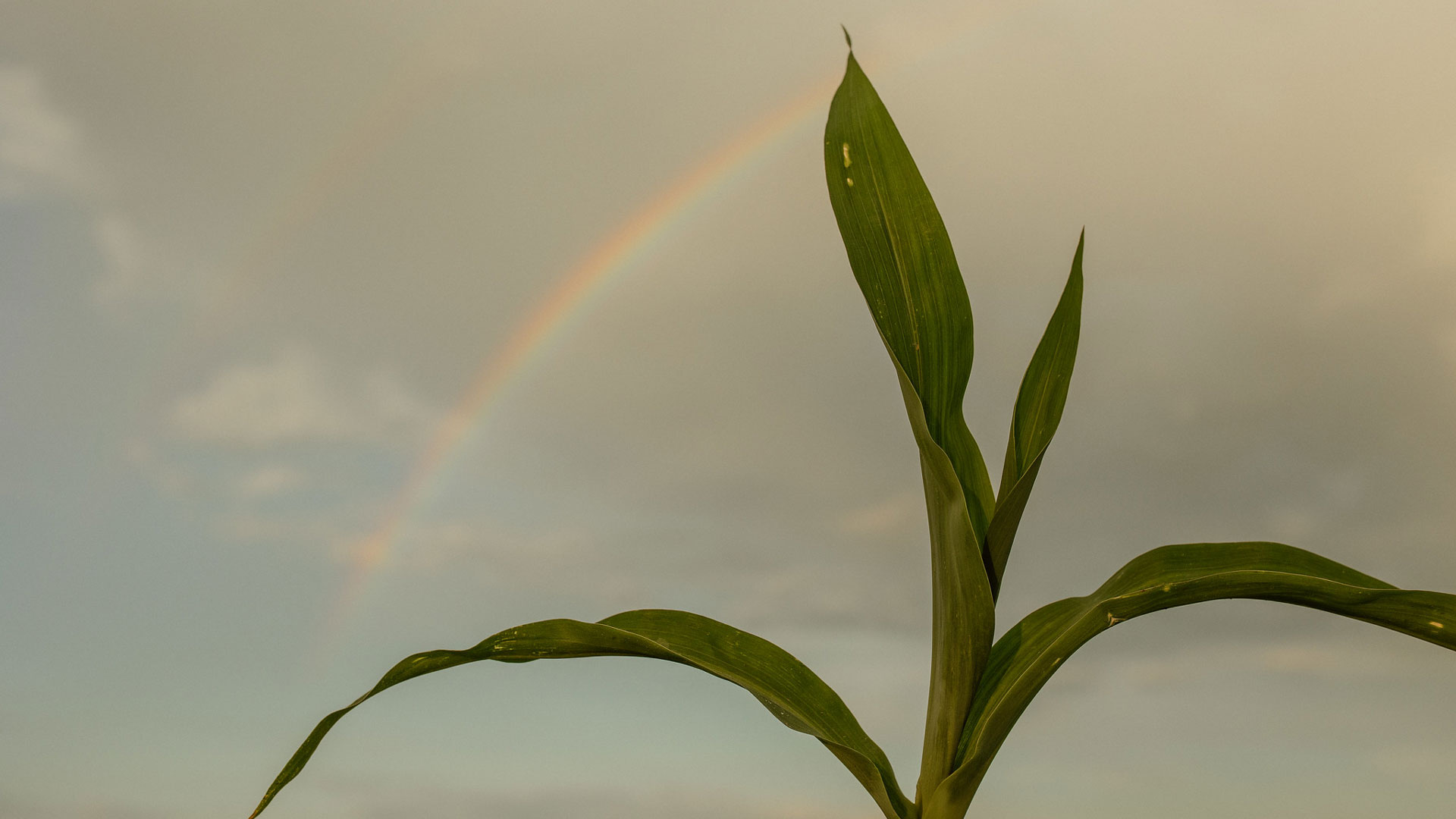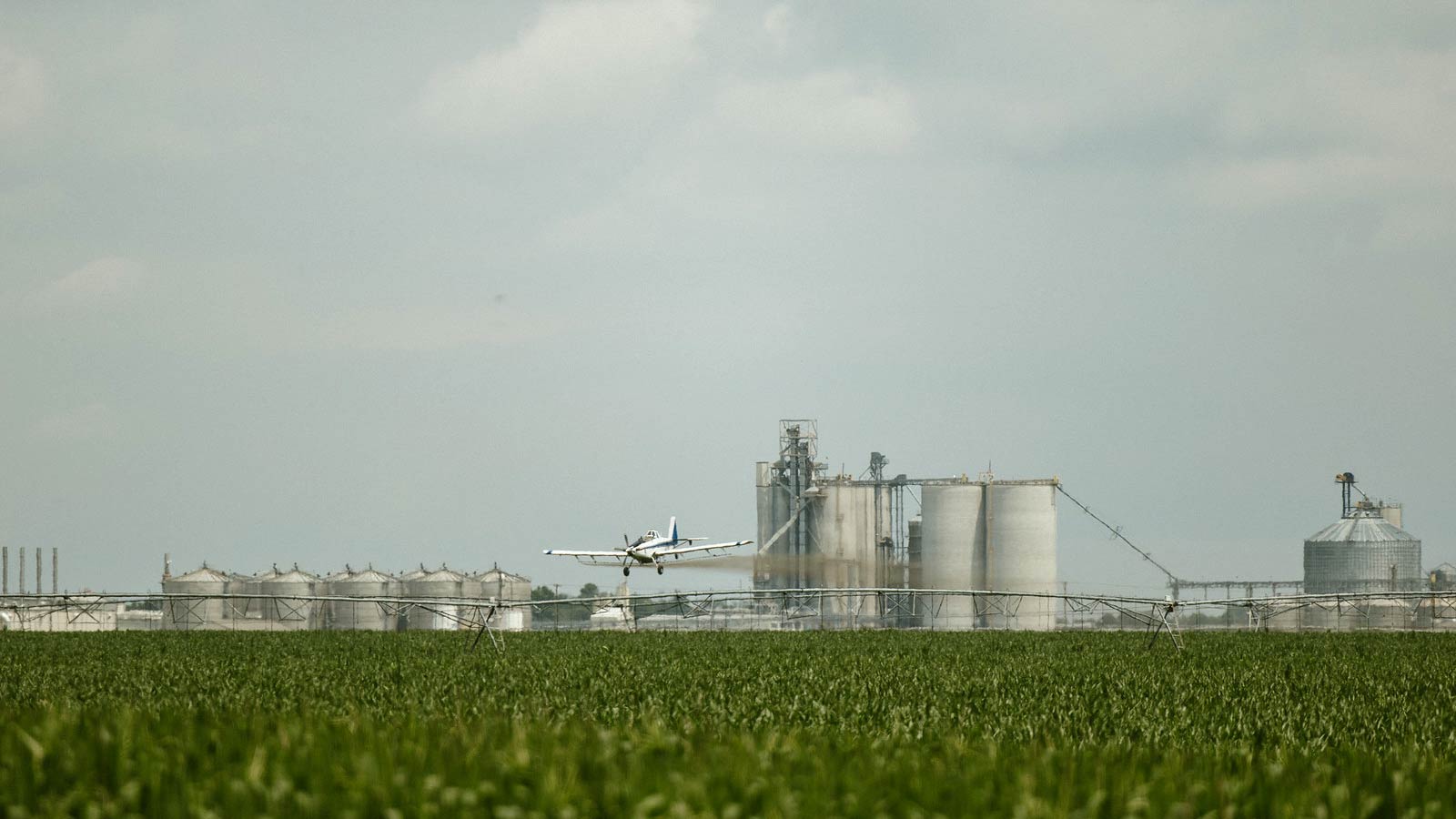Sustainability is at the heart of modern agriculture and key to promoting responsible stewardship of natural resources to ensure the long-term viability of Nebraska’s family farms.
One of the ways Nebraska’s corn farmers increase sustainability is smart farming. Also known as precision agriculture, smart farming is the use of technology and data to increase agricultural productivity, efficiency and sustainability.
We spoke with Rachael Whitehair, director of innovation and stewardship at the Nebraska Corn Board, about the importance of farming sustainably, how smart farming makes growing corn more sustainable than ever before and the ways farmers use both sustainable practices and smart farming to safeguard the land today while preserving the rural way of life for future generations.
Q: What is sustainable agriculture? What does sustainability mean in corn farming?
When you think about farm sustainability, there are three main facets to consider. These include natural resource stewardship, succession planning, and building in financial resilience. Being a good steward of your natural resources means managing the quality and quantity of the soil and water around the farm, ensuring those resources will be maintained for generations to come. You also have to think of your management scenario, who’s working the farm and do you have a plan in place enabling the next generation to come back? Then, there’s also the profitability standpoint. Do you have enough diversification within your operation where if one area falls short in the market for whatever reason, you know you’ve got some other aspects to keep the operation healthy.
Q: What does sustainable agriculture mean in terms of how farmers care for the land?
For me, sustainability is maintenance of the land. You’re putting back just as much as you’re taking out, and so you’re maintaining your land. I would even go a step further with stewardship, which is going into that realm where we’re not just maintaining the land, we’re actively improving it and safeguarding it.
Q: What are the most common sustainable farming practices used by Nebraska’s corn farmers to protect and improve the land?
Soil testing is a common best practice. Understanding what nutrients are already present in the soil allows a producer to create a nutrient management plan for the coming growing season. That strategy really helps a grower understand what their soil health needs are and whether they need to apply certain fertilizers or nutrient amendments. Soils can be extremely different within a single field needing more or less of a specific nutrient to meet the needs of the plants, that is where the precision comes in.
Another way is through reduced tillage. Nebraska leads the nation in no-till (a cultivation method involving very little disturbance of the soil), and I would say the majority of producers do at least minimal or reduced tillage. Of those, strip tilling—only tilling a narrow strip down the field right where the seeds are planted rather than tilling up the whole field—is probably the most expansive type of reduced tillage used across the state.
Q: Smart farming is also incorporated into irrigation systems. How have science and technology made irrigation more sustainable while also helping farmers grow high-quality, abundant corn?
Pivot irrigation—where water is piped out to the field and then sprayed onto the crop—is also another practice Nebraska corn growers lead in, and another one where I think there’s a lot of misconceptions.
You see water being sprayed across the landscape, and one might assume that using Mother Nature’s rain would be more environmentally friendly. But, pivot irrigation can be extremely efficient. The reason is because if you are watering the crop consistently throughout the season with irrigation, you can better manage the other inputs the crop utilizes, like fertilizer, for example. When we consider emerging sustainability metrics like greenhouse gas (GHG) emissions, irrigated corn production has an advantage. Water application can be tracked and timed well to ensure the crop reaches an expected yield, even under drought conditions, providing an overall more efficient outcome. A huge sustainability advantage within an irrigated scenario is the option to fertigate. Fertigation means applying nutrients or other crop inputs to the crop through the pivot along with the water. You’re actually mixing the nutrients into that irrigation water. So, as that water is hitting the plant, so are those micro amounts of nutrients the plant needs—when it needs it. This lets a grower “spoon-feed” the crop, greatly increasing efficiency.
Q: With the availability of data-rich software programs and GPS, smart farming is becoming more advanced all the time. What are some ways you see precision agriculture having an impact on farmers’ everyday lives?
I would say you see it with the utilization of satellite imagery and drones. I think the precision tech world right now is growing. We’re going to get to the point where growers look on their phone every morning and an app is telling them, “Hey, based on your NDVI (normalized difference vegetation index) on satellite imagery maps, this is the area of your field where we’re seeing some abnormalities, and we recommend doing this within the next few days to make sure we don’t lose productivity.”
It’s going to get that specific, growers are going to have detailed information every day to help support their decision making in all aspects of farming. That’s the direction we’re headed.
Q: How is the use of drones in agriculture evolving? Where do you see drone technology going in agriculture?
Drones can be really, really helpful, not only from the imagery perspective (getting detailed images of the field) but also from an application perspective.
Drone capacity right now is kind of a limiting factor—you can only carry so much product, so much seed and a drone’s batteries only last so long. And wind can really be a limiting factor too because they have to continually adjust.
As that continues to improve, I foresee situations where you’re going to see multiple drones working in unison within a field (known as swarming). You’ll have customized teams of 10 or so drones that are all programmed to do a singular field, and they’ll all just go out and do their job. As they need to be recharged or filled up, they’ll come back and then they’ll go and hop right back where the code tells them to go.
With this technology, you could see application scenarios where you don’t even need a tractor. That’s far from the mainstream, but we are seeing those things start to come along.
Q: Overall, where has Nebraska shown the most growth in sustainable farming methods?
I would say the biggest growth we’ve seen in sustainability is in efficiency.
Now, what is the most sustainable may not be visually apparent to the naked eye. So, as people roll down Interstate 80, look out the window and see a tractor rolling across the field, they may not understand how that implement has changed drastically over the past five years.
But Nebraska farmers are making what they put in the ground way, much more efficient. So, using less and growing more is really where Nebraska has excelled over the past few decades.
Q: Why is it important Nebraska’s corn farmers use sustainable agriculture?
Family-based farms, family agriculture, are still the backbone of our state’s economy. It’s still true that over 90% of Nebraska’s farms are family owned and we want to see it stay that way.
But it takes careful management and intentional planning to be sustainable. It’s not just a manner of continuing the status quo. Being sustainable in our world now means constantly evolving and constantly learning. Farming isn’t what it was 50 years ago. If you’re not evolving, if you’re not sustainable, then you likely won’t stand the test of time as an operation.
I think people have to understand that paradigm shift. They realize if you want to stick around [and] if you want to be a strong, profitable entity, then you have to always be learning, always taking in information and always keeping up with the industry.
LEARN MORE: Smart Farming and Sustainability
To learn more about smart farming and sustainability, Whitehair suggested reaching out to other local farmers to find out methods that are working for them. You also can reach out to industry leaders like the Nebraska Corn Board.
“What works in one place may not work in another, so starting local and trying to find those folks that get what you’re going through day in and day out is critical,” Whitehair said.




